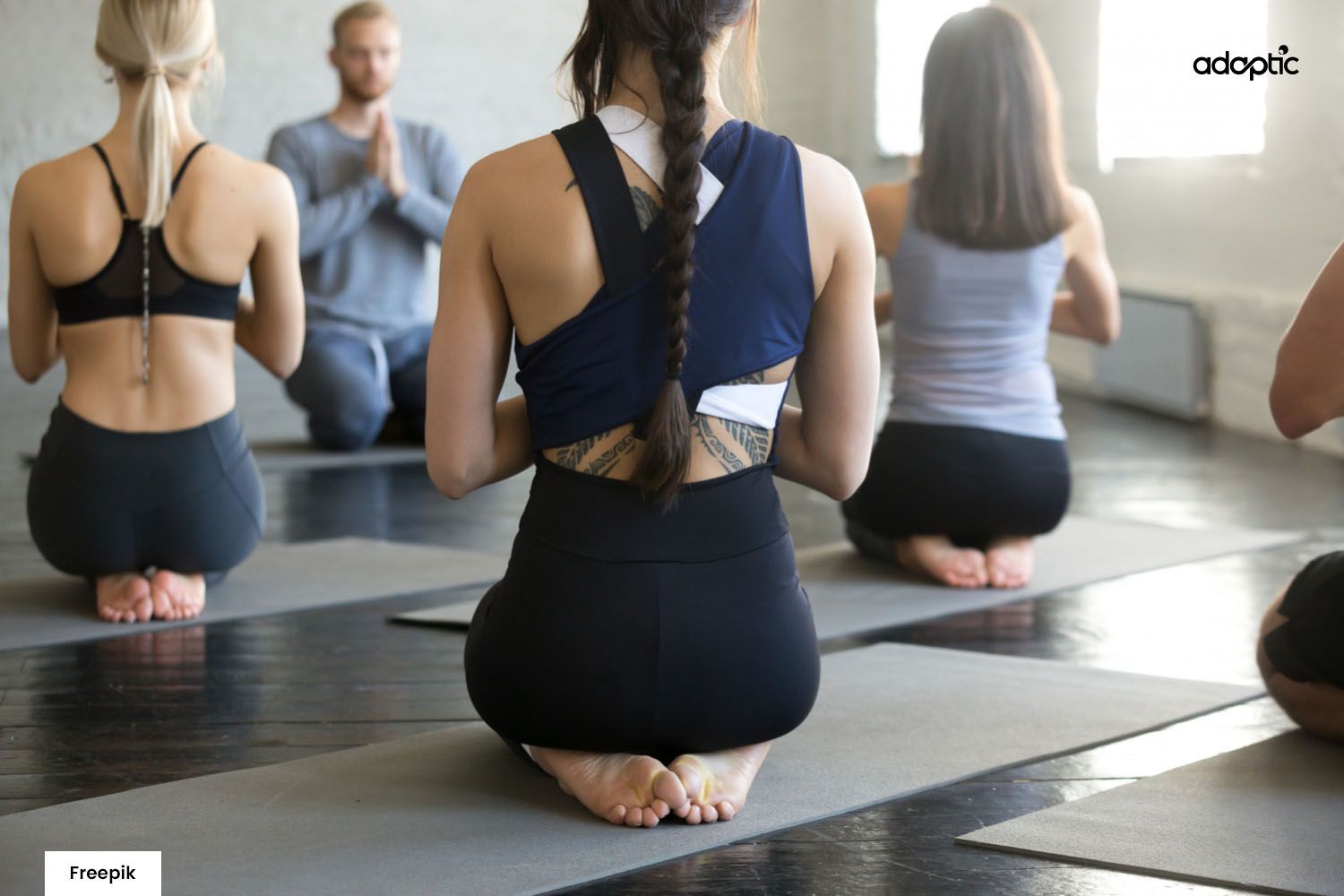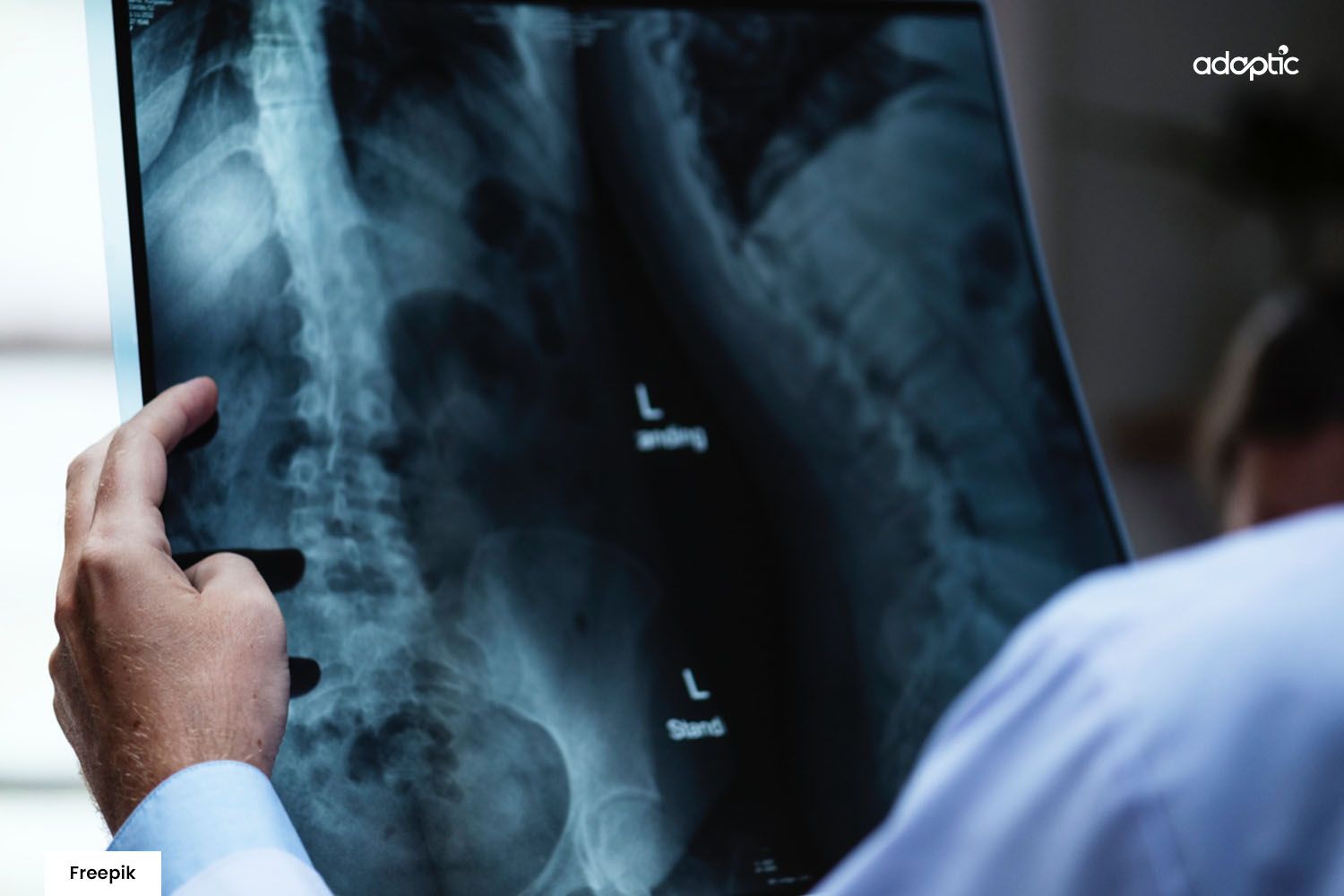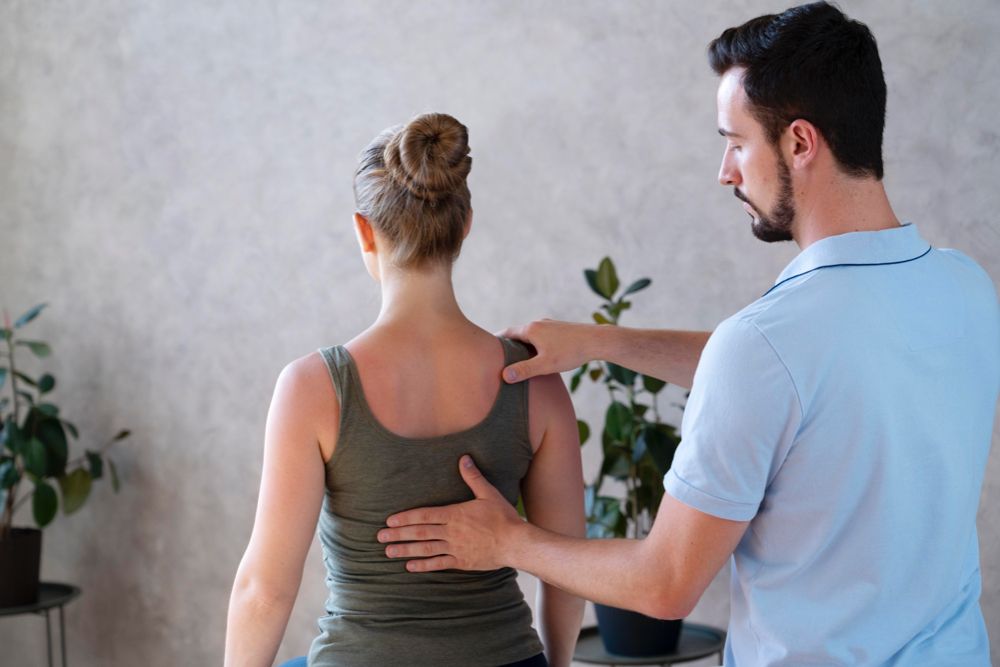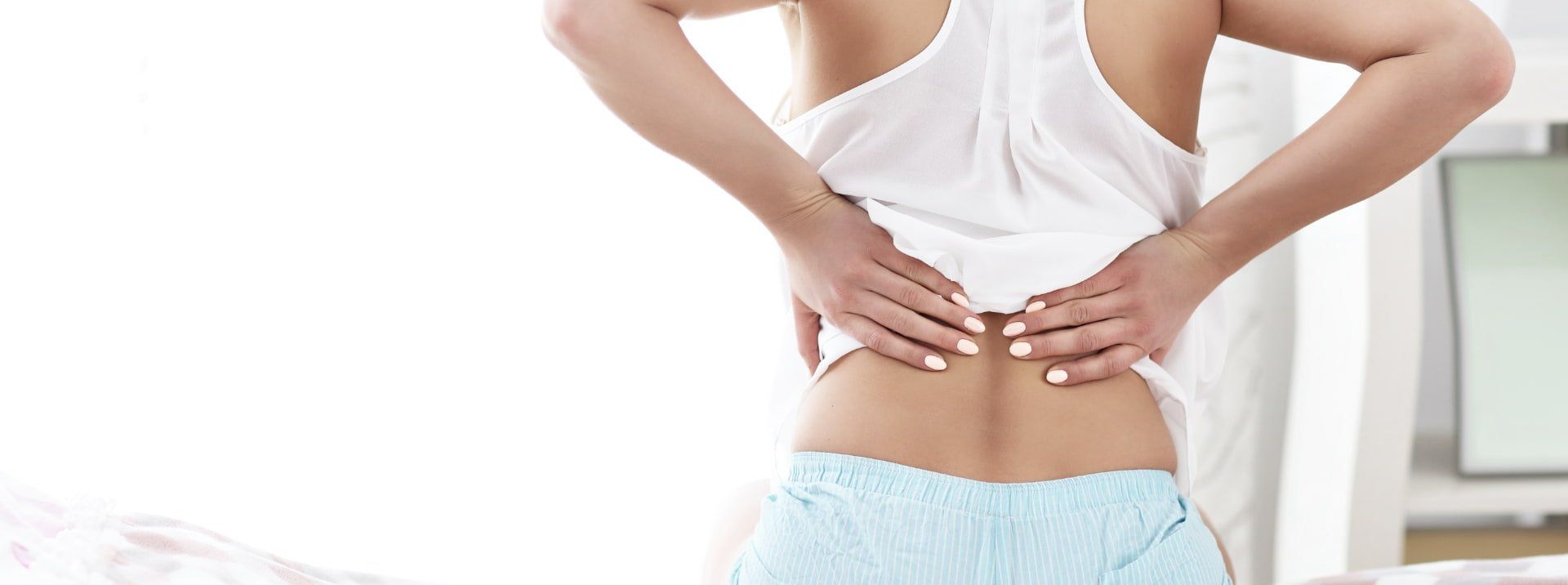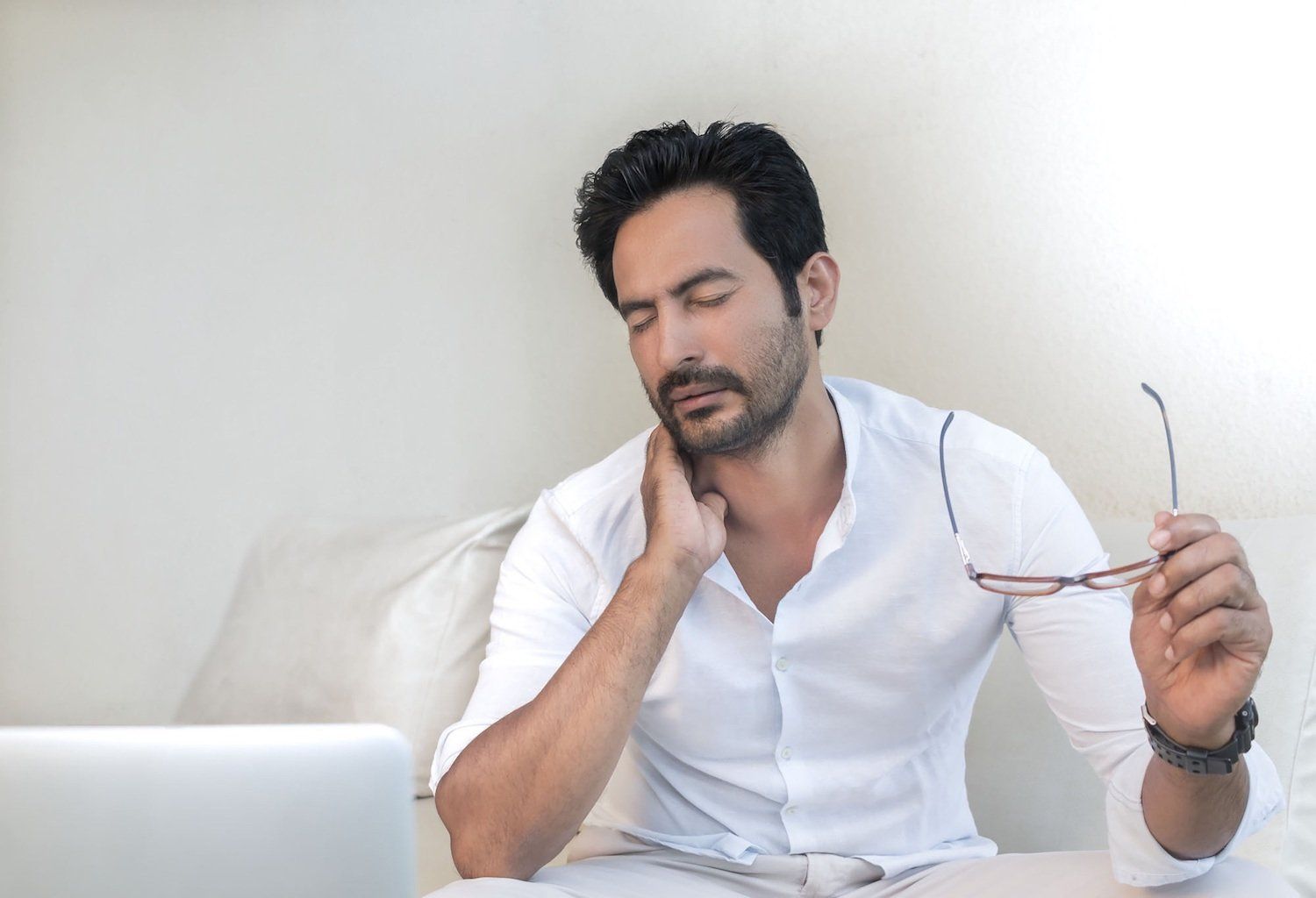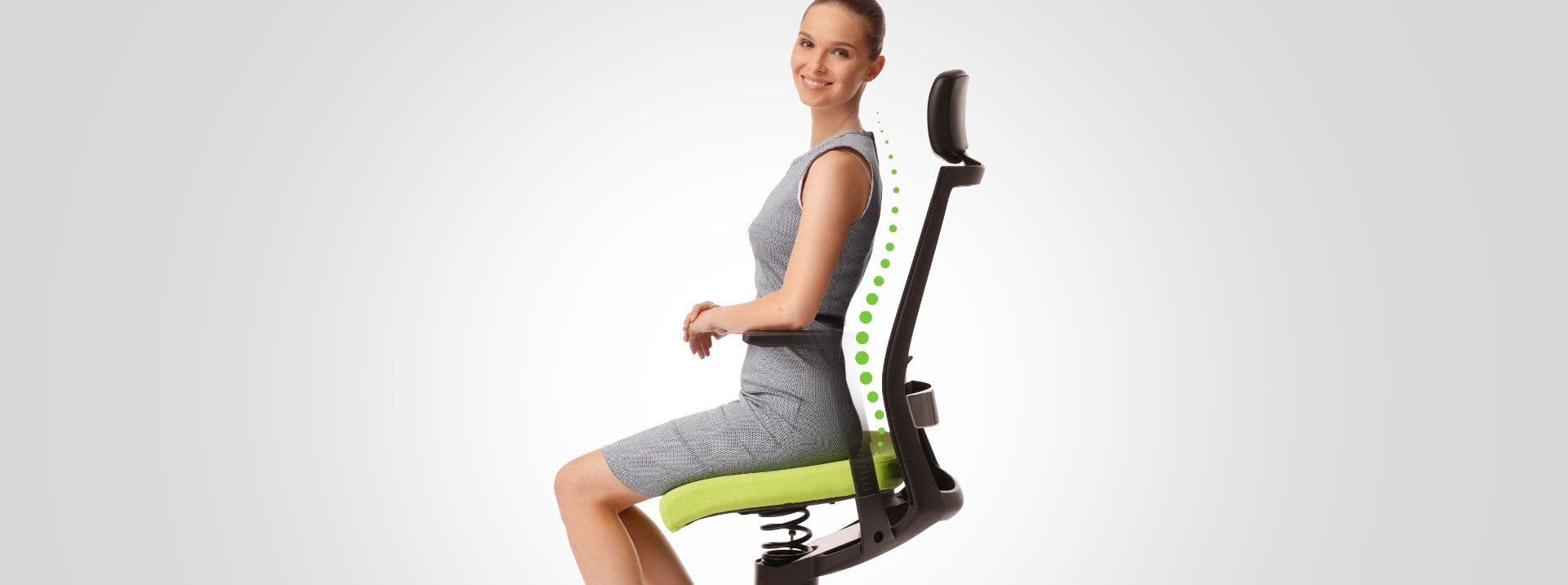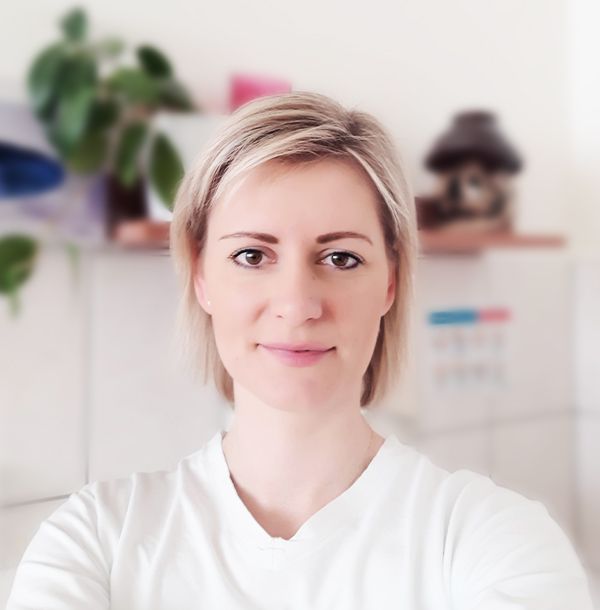
Mgr. Kateřina Klimešová
I am a physical therapist with over 10 years of experience, specializing in spine and spinal cord injuries. I am also a Nordic walking instructor accredited by the Czech Ministry of Education, and personal physical therapist to the current Czech champion and Czech indoor record holder in disability shot put.
Other articles





